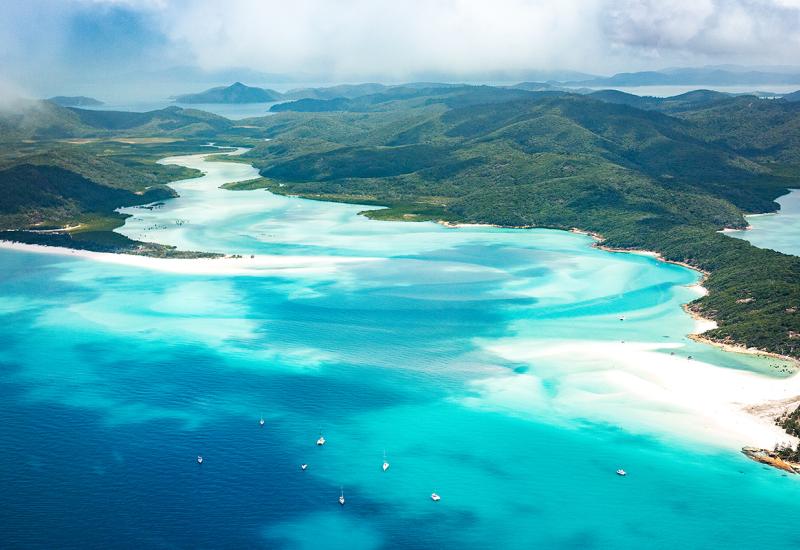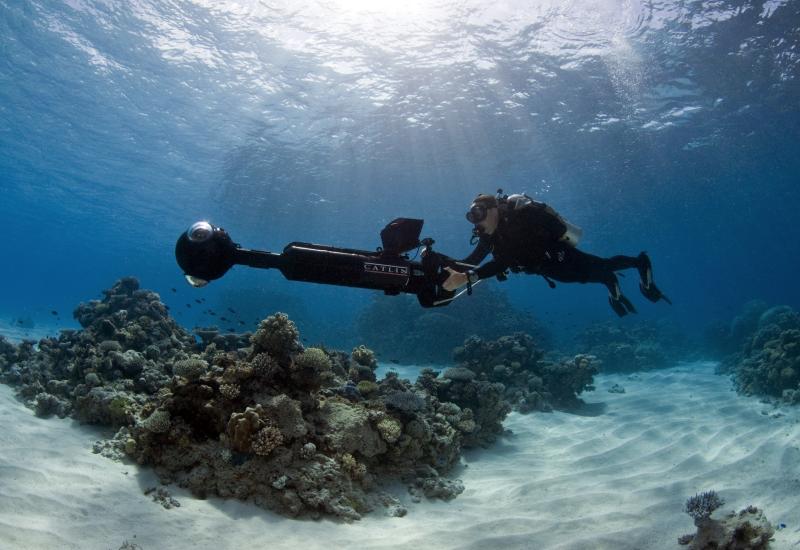Guide to Muck Diving
Dives are made memorable only when we listen to our gut. A good dive means giving into the hunch that says "look into the blue" at the same moment when a hammerhead cruises by. Similarly, diving muck is an exercise in patience and exploring where curiosity takes you. Trust your instincts: If you think you're looking at a critter, you probably are you just don't realize it thanks to the power of camouflage. When not in the water, you need to not only study the fish that inhabit this dirty lair, but also the sponges and corals. Because only when you know what belongs will you know what doesn't belong. Do yellow sponges have color patterns like that? Or is that the eye of a frogfish? The obvious answer is to dive muck as much as possible, but unfortunately most of us can't readily ask to have our jobs transferred to Indonesia or the Philippines. The next best thing is to study photos to learn the details, from the color patterns to caudal fins markings. Because you can only get better when it comes to fish identification. 1. A coconut octopus padding across the bottom, Lembeh Strait 2. Headshield slug, Lembeh Strait 3. Flamboyant cuttlefish, Lembeh Strait 4. Frogfish with nudibranches 5. Weedy scorpionfish in Monado 6. Looking straight down on a stargazer, Lembeh Strait 7. Hairy frogfish, Lembeh Strait 8. Devil scorpionfish in Raja Ampat All photos were shot by David Doubilet and Jen Hayes in Indonesia.










